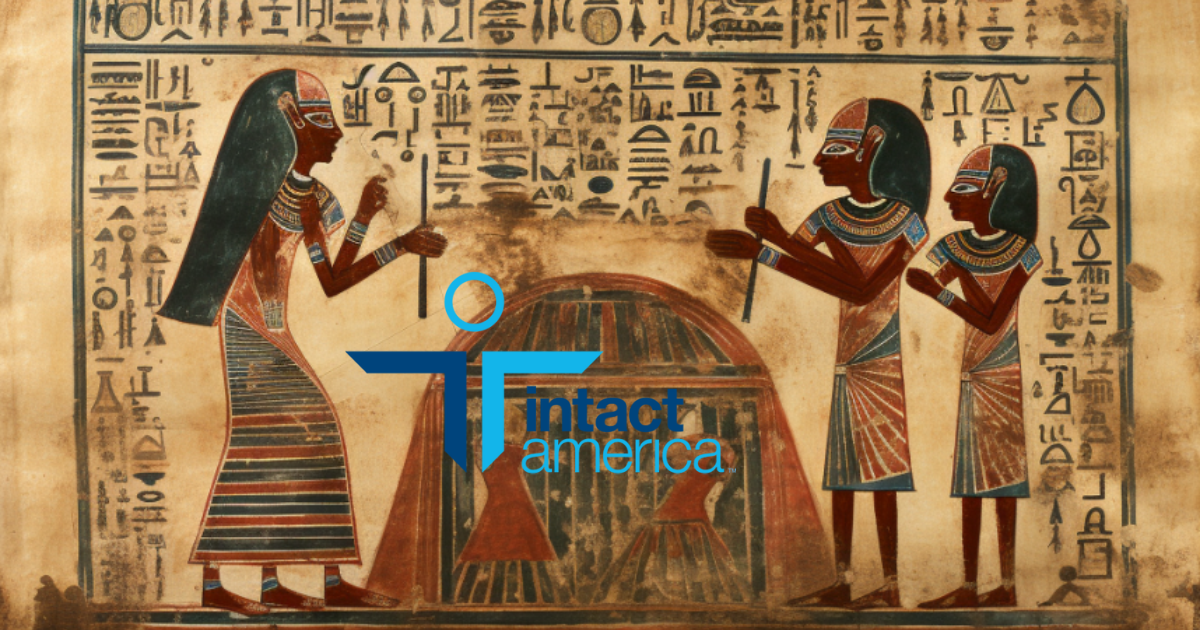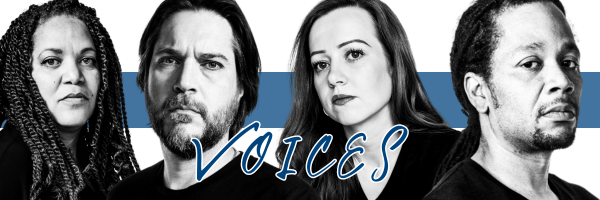
Circumcision has a long history, but no one knows its origins other than to signify that one person or group was distinct from or better than another. In prehistoric times, it was considered part of a rite of sacrifice to bring divine benefits to the group. In tribal cultures in Africa and Australia, it might have been both a sacrifice and a coming-of-age ritual. Circumcision was well established in Egyptian society 6,000 years ago, long before Abraham’s covenant with God in the third millennium BC, to identify those of the Jewish faith. Two thousand years later, Muhammad, born without a foreskin, inspired Muslims to circumcise boys around the age of 7.
In all cases, circumcision conferred some status on a baby, boy, or man—whether forced or voluntary—for participating and:
- becoming a member of the tribe;
- a rite of passage to manhood;
- being identified with a particular religion.
- or bringing good fortune to the group
Circumcision was used to create social or religious identity or hierarchy. See this brief history of circumcision graphic from IA’s Learn More under Circumcision Debate. To all of these reasons for differentiating one group or person from another, the Intact America response is simple: STOP! In the twenty-first century, we know the dangers of discrimination.
Circumcision Crosses the Atlantic Ocean
In Victorian England, circumcision was promoted as a cure for masturbation, which doctors believed was the cause of insanity, epilepsy, hysteria, tuberculosis, and death. The myth that circumcision improves hygiene is intrinsically linked to moral hygiene.
In colonial America, Dr. Benjamin Rush, a signer of the Declaration of Independence who served as Surgeon General of the Continental Army and was a professor of chemistry, medical theory, and clinical practice at the University of Pennsylvania, thought circumcision was a cure for the nervous energy of orgasm that was the basis of all disease (including stupidity).1 That also proved false (stupidity has not yet been cured).
In retrospect, it turns out that circumcising males to curb masturbation had as much to do with the social construct of a patriarchal culture as it did with any health concerns. The object was to decrease the enjoyment of sex by men and thus preserve the sanctity and sanity of the delicate female. It wasn’t just the foreskin that was thought of as dirty; it was sex itself.
This thinking was common in all English-speaking countries: the UK, the U.S., Australia (although the Aborigines circumcised boys and men for a different reason—initiation rites), New Zealand (but not among the native Maori), and Canada. Europeans, except Jews, were not commonly circumcised. Nor was circumcision common in China, Japan, or Korea (historically), although it was (and is) among many island nations.
The History of Circumcision and Racism
A few years ago, Intact America Founding Executive Director Georganne Chapin wrote the following blog entry for IA on circumcision and racism, partially reprinted here.
Black people, especially black men, were (and still are) sexualized in the American imagination, with myths abounding regarding their sexual appetite, dangerousness, and the size of their genitals. Not surprisingly, these myths became justifications for making black men a specific target for circumcision by a medical establishment enthusiastic to carry out the practice. (Black women have also been victimized by the medical system for decades, subjected to medical experimentation, sterilization, and other abuses.)
In 1891, a prominent physician named Peter Remondino began calling for “the wholesale circumcision of the Negro race.” Remondino described black men’s foreskins as combining “the extra vitality and proliferation of the preputial tissue with the strong animal vitality of the negro” and proposed foreskin removal as “an efficient remedy in preventing the predisposition to discriminate raping”—in other words, the rape of white women—”so inherent in that race.”
Remondino was not an outlier. He had been a surgeon in the Union Army during the Civil War and was the first president of the San Diego Board of Public Health. His articles were published in prominent medical journals at the time. His book, The History of Circumcision from the Earliest Times to the Present, was published in 1900 and can be found today on Amazon.
“As a human rights organization that respects all persons regardless of their race, religious or cultural affiliation, it is also our duty to refute expressions of bigotry when expressed by people outside or within the intactivist movement,” – Georganne Chapin
Racism and Circumcision
Besides the myth that circumcision could control sexual behavior in racial or ethnic groups as it prevented masturbation and dulled sexual urges, minorities were accused of spreading venereal disease. In a post-World War II article, Newsweek magazine quoted Dr. Eugene Hand’s address to the AMA that whereas the “promiscuous” and uncircumcised Negro had an incidence of venereal infection of “almost 100%,… for the widely educated Jew, circumcised at birth, the venereal disease rate has remained the same or decreased.”2 Edward Wallerstein breaks down Dr. Hand’s scientific sampling technique and statistical analysis in his book Circumcision: An American Health Fallacy, concluding the results were based on the premise of Jewish superiority and black inferiority.
The History of Circumcision and the Role of the Medical Establishment
Post-World War II, the highest rate of circumcision, outside the parameters of religious or ritualistic practices, can be found in the United States. During the 1970s, it has been estimated that 80 percent of American males were circumcised in infancy. Why? Could it be that the U.S. medical industry benefits financially from circumcision? In contrast, the English-speaking countries that formerly promoted circumcision have nationalized their healthcare systems so that circumcision would be an out-of-pocket expense.
Here, both hospitals and medical specialists in the U.S. make a significant profit from performing circumcisions. In addition to a physician’s fee, hospitals can charge for the use of their facilities and equipment and the services provided by nursing staff and other healthcare providers involved in the operation.
Georganne Chapin’s book This Penis Business (2024) has a chapter titled “Smoke and Mirrors Courtesy of the American Academy of Pediatrics.” Part of the AAP’s mission is to “support the professional needs of its members,” she points out, and “ensuring doctors’ income is a preeminent concern for the AAP.”
The AAP’s first official statement regarding circumcision, in 1971, stated:
“There are no valid medical indications for circumcision in the neonatal period.”
Four years later, they amended that stance with a warning to parents that choosing not to circumcise their son would require “the necessity for lifelong penile hygiene”—as if that were some impossible task rather than a daily chore that requires warm water and soap.
Intact America and Marilyn Milos’s NOCIRC and Genital Autonomy-America organizations before IA have often done battle with the AAP’s position on circumcision, specifically with its Circumcision Task Force reports and AAP brochures that did not fully explain the benefits and risks of circumcision and trivialized concerns about the value of the foreskin and ethical implications of removing a healthy body part. “Federal law prohibits the use of federal health care dollars for medically unnecessary services,” Chapin states. “Medicaid funding of routine infant circumcision flies in the face of that prohibition, but the AAP has managed to obfuscate the practice’s purely cultural origins (I include religion in the broad category of culture) by its serial quest to find medical benefits.”
Bottom line: Stakeholders that benefit financially from circumcision are not the best people or group (AAP) on which to base an irreversible decision like the removal of the foreskin.
1. Edward Wallerstein, Circumcision: An American Health Fallacy (New York: Springer Pub Co, 1980), p. 32.
2. Wallerstein refutes the Newsweek study as based on a preconceived notion of Jewish superiority and Black inferiority. Ibid., p. 83.







No Comments